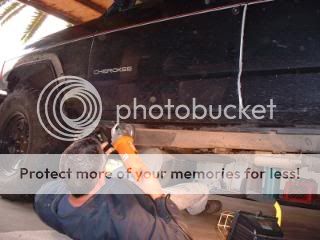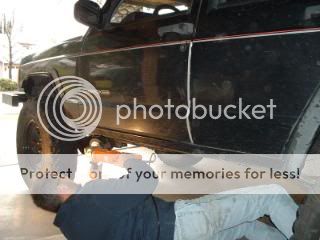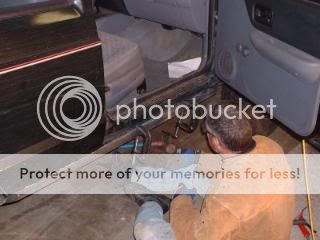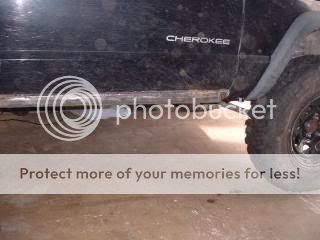jeeperjohn
NAXJA Forum User
- Location
- Temecula, CA
This is a tech article about installing an engine oil accumulator. An accumulator stores engine oil under pressure while the engine is off. When you turn the key to the on position it releases the oil into the oil system pressurizing your bearings and preventing wear that would otherwise occur during startup. It also holds a reserve of oil while the engine is running so that if you find yourself at a steep angle and the oil pickup gets uncovered, it provides a momentary supply of oil to prevent damage from no oil. It also will give you time, in the event of a rollover, to turn the engine off before damage occurs.
Some of the parts I am using are from an accumulator kit I bought from a company down in San Diego a couple of years ago. The problem with this kit is that the reservoir does not separate the oil from the air and so the oil will absorb the air over a couple of days and the pressure is lost. To solve this I bought a remote reservoir for a Fox shock from 4Wheel Parts for around $65. This reservoir has a floating piston inside that separates the oil from the air and therefore prevents the loss of the charge.
The parts needed consist of the reservoir, the fittings for the hose and the stock oil pressure sender, the hose, an electric solenoid that controls the flow of oil into and out of the reservoir, and the wire and connections to make it all work.
This is the reservoir with the stickers removed and some large Adel clamps on it to hold it to the sheetmetal.
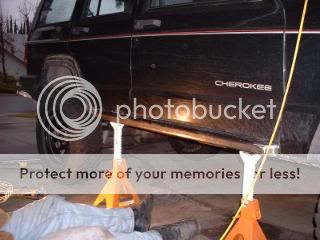
The next shot shows the floating piston inside the reservoir.
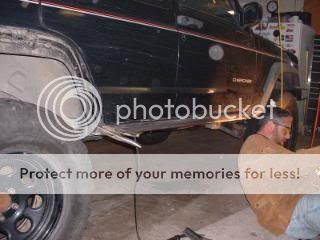
Some of the parts I am using are from an accumulator kit I bought from a company down in San Diego a couple of years ago. The problem with this kit is that the reservoir does not separate the oil from the air and so the oil will absorb the air over a couple of days and the pressure is lost. To solve this I bought a remote reservoir for a Fox shock from 4Wheel Parts for around $65. This reservoir has a floating piston inside that separates the oil from the air and therefore prevents the loss of the charge.
The parts needed consist of the reservoir, the fittings for the hose and the stock oil pressure sender, the hose, an electric solenoid that controls the flow of oil into and out of the reservoir, and the wire and connections to make it all work.
This is the reservoir with the stickers removed and some large Adel clamps on it to hold it to the sheetmetal.

The next shot shows the floating piston inside the reservoir.


